Can You Grow Cloves In Containers – How To Grow A Clove Tree In A Pot


Clove trees are the tropical source of the famous, smoky flavored spice that’s so popular with ham and autumnal desserts. It’s tempting to want to have one of your very own, but their extreme sensitivity to cold makes them impossible for most gardeners to grow outdoors. This brings up the important question: can you grow cloves in containers? Keep reading to learn more about caring for container grown clove trees.
Growing Clove Trees in Containers
Can you grow cloves in containers? The jury is somewhat out. Depending upon who you ask, it’s either impossible or completely doable. This is due, in part, to the size clove trees can reach. In the wild, a clove tree can grow to 40 feet (12 m.) in height. Of course, a clove tree in a pot is never going to get close to as tall as that, but it is going to try. This means that if you attempt growing a clove tree in a container, you need to opt for the largest feasible pot you can get. A diameter of at least 18 inches (46 cm.) should be the bare minimum.
Care of Container Grown Clove Trees
Another reason that clove trees have a difficult time growing in containers is their need for water. Clove trees hail from the jungle, which means they are used to lots and lots of rainfall-- 50 to 70 inches (127 to 178 cm.) per year, to be exact. Container plants famously dry out much more quickly than plants in the ground, which means that potted clove trees need even more watering in order to stay healthy. If you have a very large pot and can provide very frequent irrigation, there’s nothing to say you can’t try growing a clove tree in a pot. They are hardy in USDA zones 11 and 12 and cannot handle temperatures below 40 degrees F. (4 C.). Always bring your tree indoors if temperatures threaten to dip that low.
Gardening tips, videos, info and more delivered right to your inbox!
Sign up for the Gardening Know How newsletter today and receive a free copy of our e-book "How to Grow Delicious Tomatoes".

The only child of a horticulturist and an English teacher, Liz Baessler was destined to become a gardening editor. She has been with Gardening Know how since 2015, and a Senior Editor since 2020. She holds a BA in English from Brandeis University and an MA in English from the University of Geneva, Switzerland. After years of gardening in containers and community garden plots, she finally has a backyard of her own, which she is systematically filling with vegetables and flowers.
-
 Looking For Plants To Give You The Soft And Fuzzies? Try These 5 Fuzzy Leaf Plant Options
Looking For Plants To Give You The Soft And Fuzzies? Try These 5 Fuzzy Leaf Plant OptionsLovers of texture, drama, silver foliage and tactile plants will adore these special sensory garden additions. These fuzzy leaf plant options will leave you all aglow
By Susan Albert
-
 Get Ready For A Summer Of Hummers! Grow These Full Sun Hummingbird Plants and Flowers
Get Ready For A Summer Of Hummers! Grow These Full Sun Hummingbird Plants and FlowersIf you’re lucky enough to enjoy a sunny backyard, make sure you are maxing out on your pollinator opportunities and grow these full sun hummingbird plants and flowers
By Tonya Barnett
-
Clove Tree Sumatra Info: Recognizing Sumatra Disease Of Cloves
Sumatra disease is a serious problem that affects clove trees, particularly in Indonesia. It causes leaf and twig dieback and will, eventually, kill the tree. Learn more about clove tree sumatra disease symptoms and how to manage and treat cloves with sumatra disease here.
By Liz Baessler
-
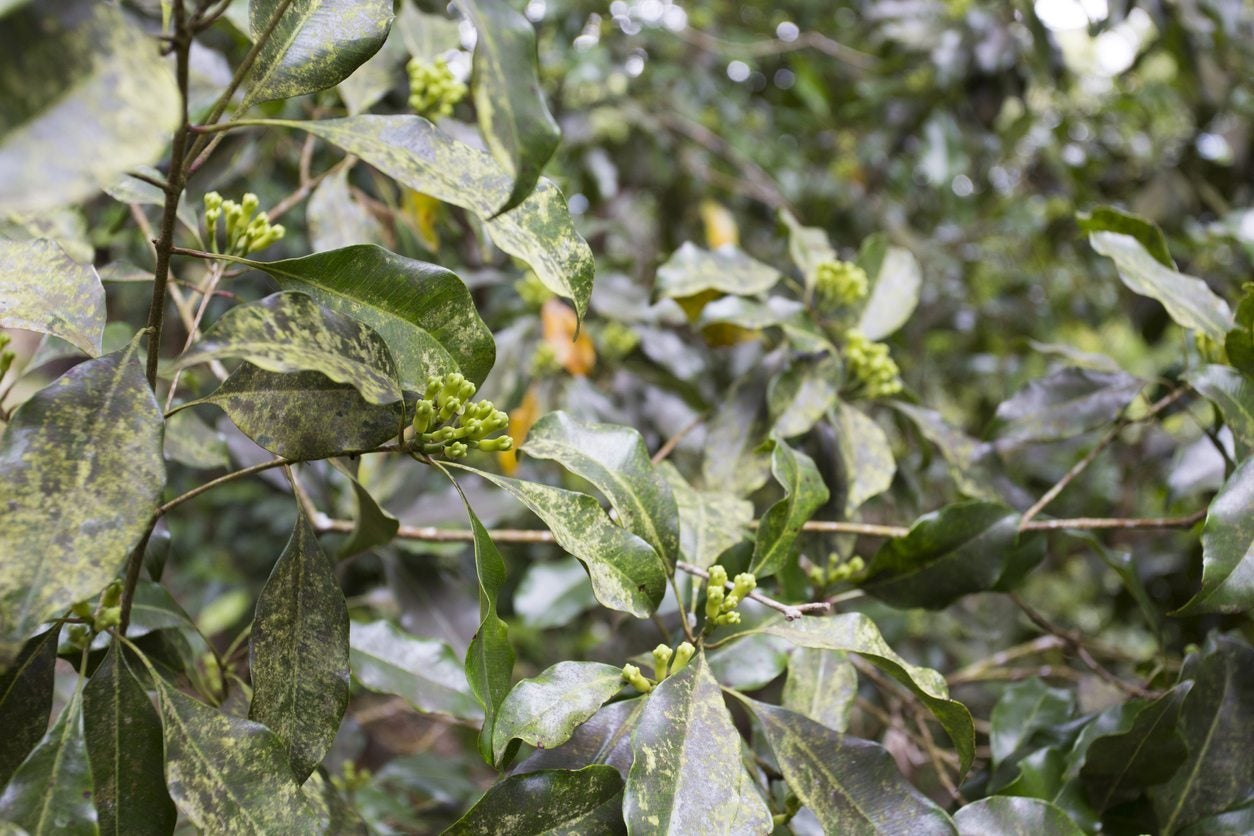 Common Clove Tree Issues – Managing Problems With Clove Trees
Common Clove Tree Issues – Managing Problems With Clove TreesDid you ever poke cloves into a baked ham for the holidays and wonder where they come from? They are unopened flower buds that grow on a clove tree. Before you plant a clove tree, you should learn a little about clove tree problems. This article will help with that.
By Teo Spengler
-
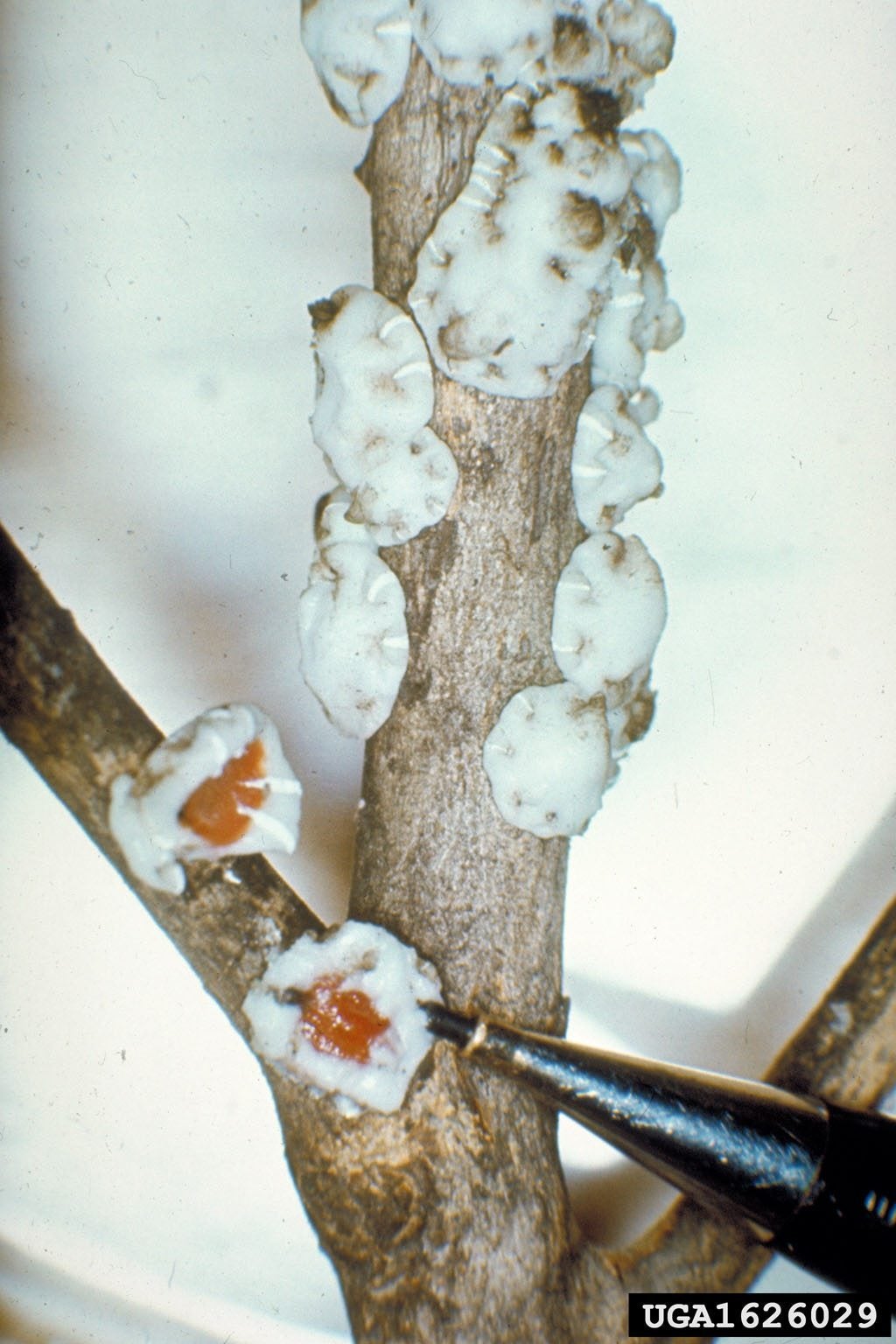 Clove Tree Pests: Controlling Pests On A Clove Tree
Clove Tree Pests: Controlling Pests On A Clove TreeClove trees (Syzygium aromaticum) are evergreens grown for their aromatic flowers. The clove itself is the unopened flower bud. A number of clove tree pests attack the plant. For more information about pests of clove trees, click this article.
By Teo Spengler
-
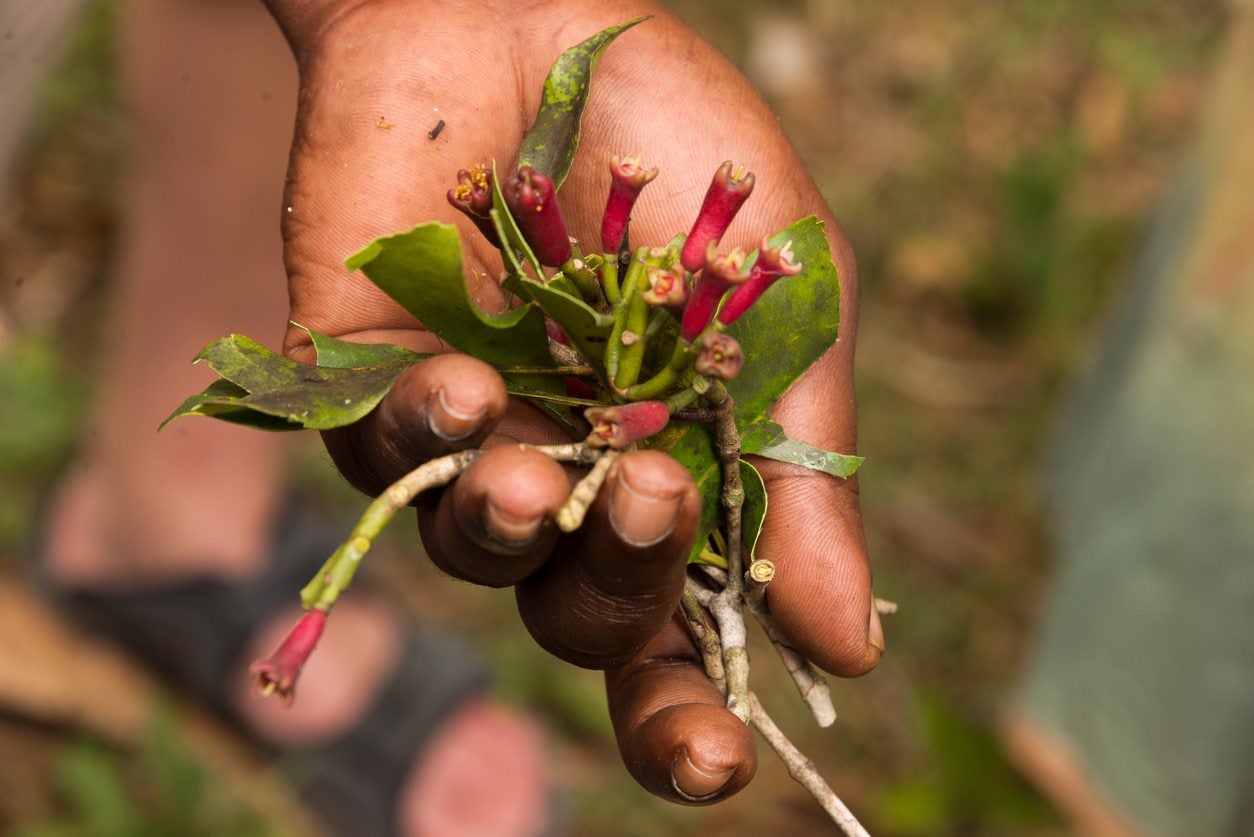 Clove Tree Propagation Tips – Methods For Propagating Clove Trees
Clove Tree Propagation Tips – Methods For Propagating Clove TreesWhile the spice is technically the plant's seed, you cannot buy a jar of cloves at the grocery store and plant them to grow a clove tree of your own. If you would like to know how to propagate a clove tree, click here for clove propagation methods and tips.
By Darcy Larum
-
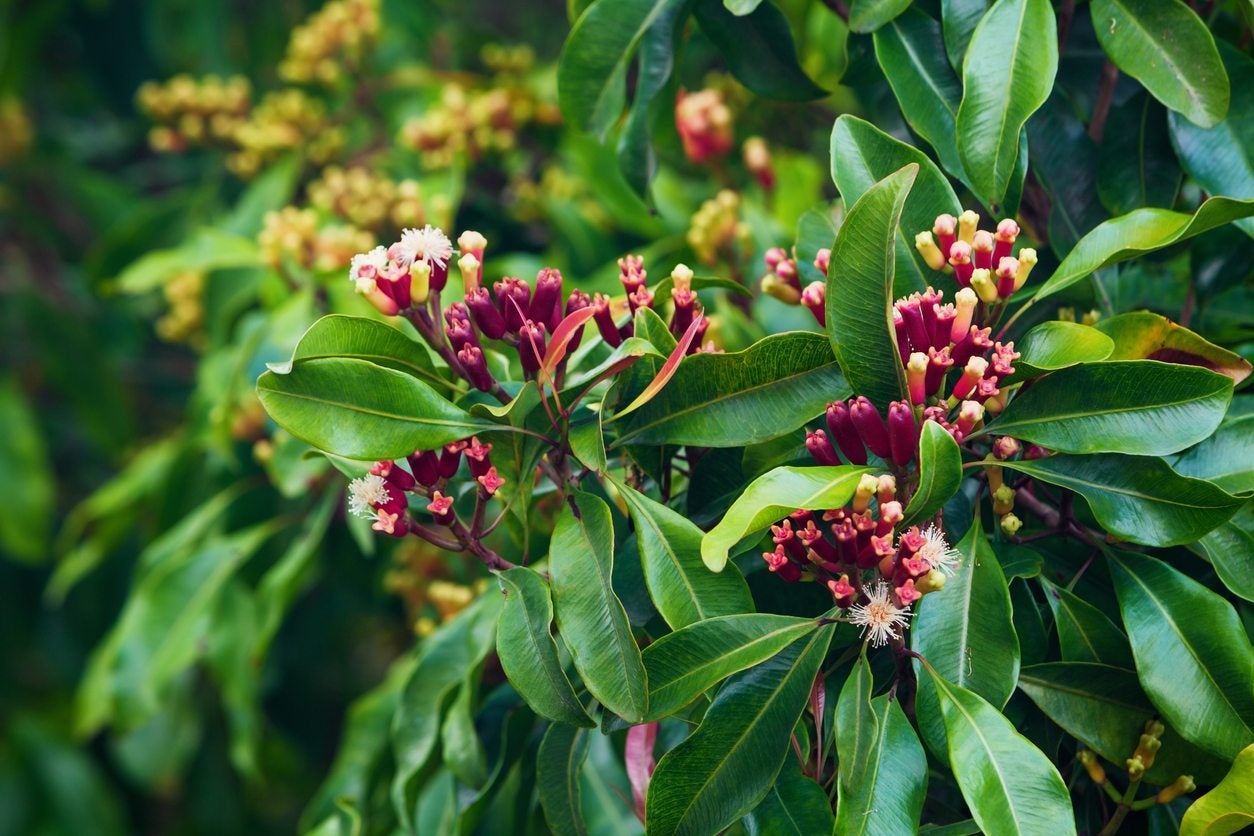 Common Clove Tree Diseases: Learn How To Treat A Sick Clove Tree
Common Clove Tree Diseases: Learn How To Treat A Sick Clove TreeAlthough they are generally hardy and easy to grow, clove trees are susceptible to several clove tree diseases. Click on the article that follows for more information about diseases of clove trees and tips on how to treat a sick clove tree.
By Mary H. Dyer
-
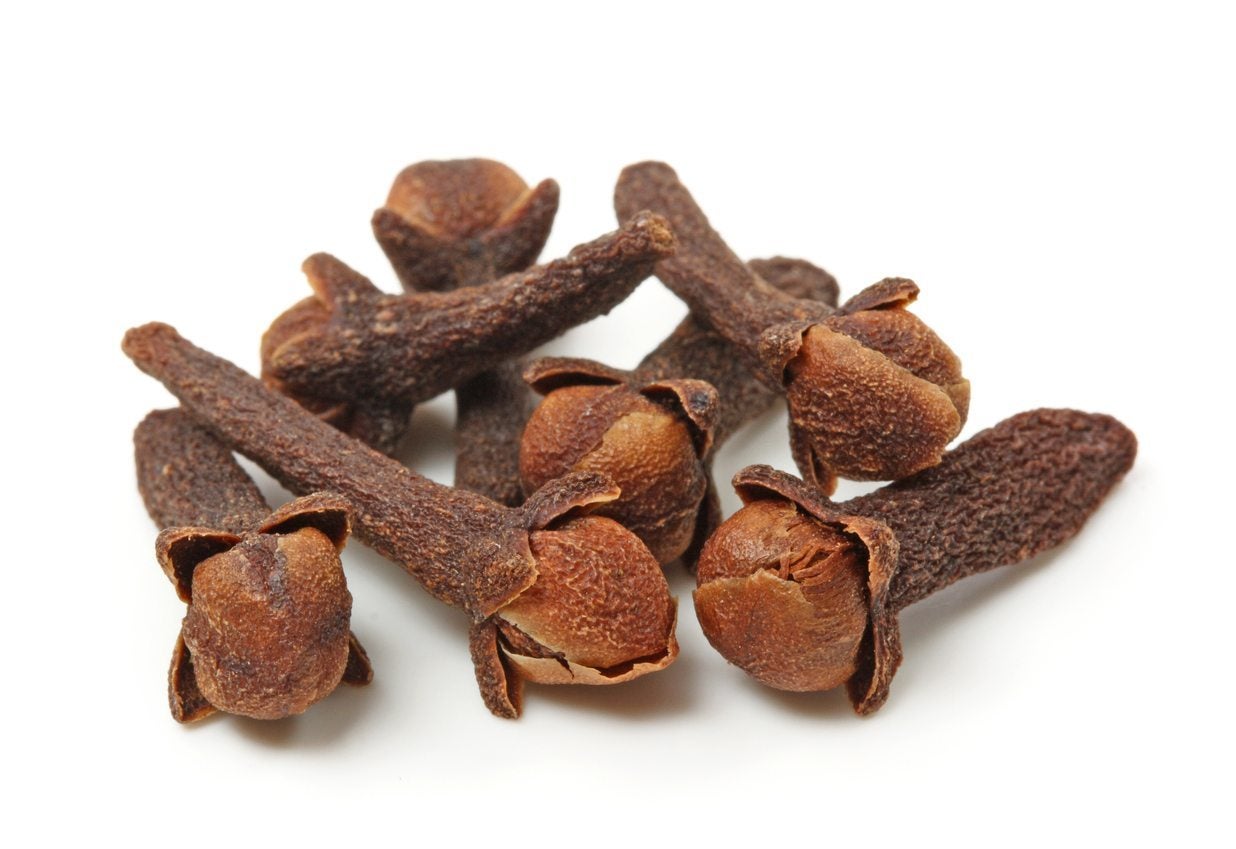 Clove Harvest Guide: Learn How To Harvest Cloves For Kitchen Use
Clove Harvest Guide: Learn How To Harvest Cloves For Kitchen UseThe cloves you use to flavor your dishes are the result of at least 6 years of growth on the part of the tree. Six years is the minimum time it takes the tree to flower. If you?re interested in learning more about the harvesting of cloves, this article will help.
By Amy Grant
-
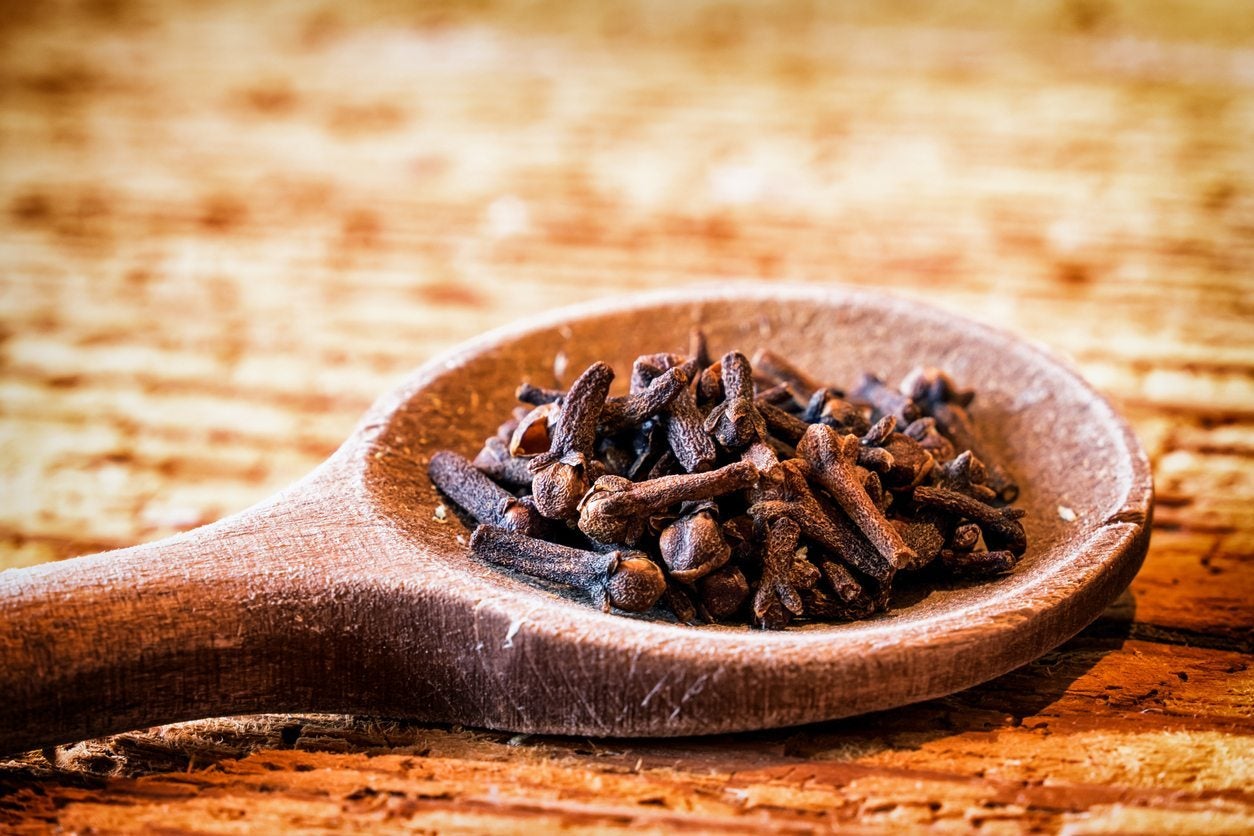 Common Uses For Cloves – How To Use Cloves From Your Garden
Common Uses For Cloves – How To Use Cloves From Your GardenIf you?re lucky enough to have a clove tree in your yard, you can harvest and use your own cooking and medicinal spice. Clove tree uses range from basic landscaping to actually harvesting and cooking with your cloves. Here are some ideas for what to do with your backyard cloves.
By Mary Ellen Ellis
-
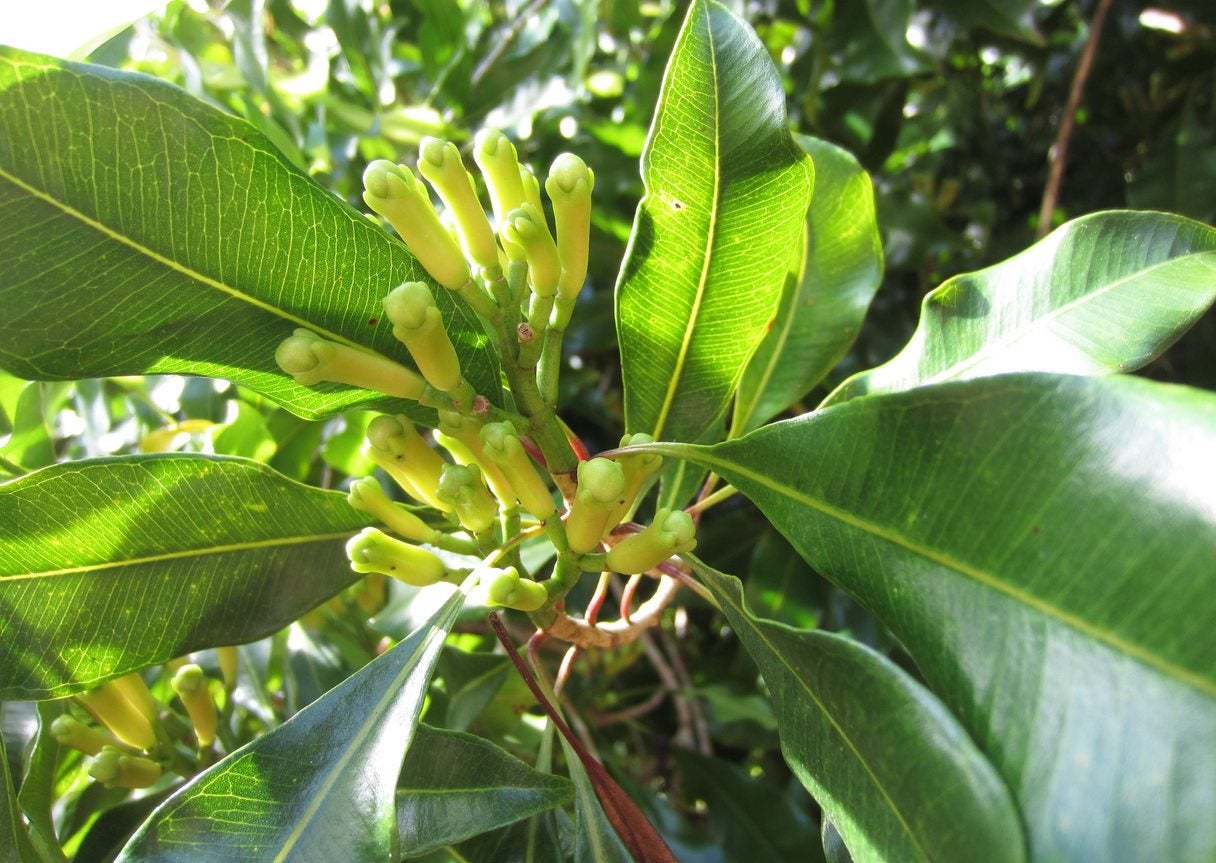 What Are Clove Tree Uses: Clove Tree Information And Growing Tips
What Are Clove Tree Uses: Clove Tree Information And Growing TipsClove trees produce the cloves you use to spice up your cooking. Can you grow a clove tree? According to clove tree information, it's not hard to grow these trees if you can provide ideal growing conditions. Learn what those are in this article.
By Teo Spengler